The shoulder is the most flexible joint in your body, due to this, it is also one of the most common places where serious and chronic injuries occur. With the abundance of daily activities that the shoulder is needed for it is extremely wise to get to the cause of the issue before it becomes serious and lifelong. The shoulder itself is made up of 3 main bones, the upper arm (humerus), shoulder blade (scapula), and the collarbone (clavicle). The head (or the top) of the humerus is shaped like a ball and it fits into a shallow socket on your shoulder blade, these 2 things make up your glenohumeral joint. For these structures to stay intact we have a few tendons and ligaments that hold it together. The rotator cuff muscles are responsible for moving our arm and shoulder around. All of these structures reside within a tight space and must work intricately together to ensure a healthy, functional shoulder. Issues with any of these can cause dysfunction and pain. The trouble is trying to determine what the issue is. That’s where we come into play.
Causes
Due to the complexity of the shoulder, there are many potential causes to your shoulder pain. Our job at Abundant Life Health Center is to take the guesswork out of your life and figure out exactly what is causing your pain.
Is it a rotator cuff issue?
There are 4 muscles that make up the rotator cuff. They are responsible for moving the shoulder and helping it maintain its stability. When there are problems with these muscles, they typically fall into 3 categories: tendonitis, bursitis, or some severity/degree of a rotator cuff tear. Tendonitis and bursitis refer to inflammation of the bursa (a fluid-filled sac) and the tendons that connect the muscles to your bone. A tear occurs when there is damage to one of the tendons. These tears can differ in severity depending on the amount of damage that has occurred to them. These types of injuries typically cause issues with reaching, throwing and lifting things above your head and shoulders. It is typically worse at the end of the day and can cause one to awaken from sleep and/or have difficulty falling asleep. We see limited ranges of motion, decreased strength, with feelings of stiffness and instability often noted.
What about frozen Shoulder?
Frozen shoulder, otherwise known as adhesive capsulitis, is a common condition that affects at least 3 million people in the United States. It leads to stiffness of the joint and sometimes constant pain, or just discomfort when reaching behind your back or above your head. Any type of shoulder injury can eventually progress to a frozen shoulder, but the most common cause is a rotator cuff tendonitis. Frozen shoulder leads to a loss of passive range of motion, the motion a doctor or someone else can achieve with your shoulder, as well as a loss of active range of motion, the range of motion you the patient can achieve on your own via lifting your own arm.
Normal shoulder joint vs. adhesive capsulitis (frozen shoulder)
Shoulder Osteoarthritis
With a shoulder injury that progresses to osteoarthritis of the shoulder, a person often describes a deep shoulder pain or a pain at the front of the shoulder, along with decreased mobility and increased stiffness. Typically, we see a loss of both active and passive range of motion. Shoulder arthritis is usually preceded by an injury to the arm, neck, or shoulder that occurred years prior.
Shoulder Instability
Instability is a problem that causes a loose joint leading to hypermobility (increased motion). The increased motion experienced with shoulder instability is not a good thing as it leads to increased vulnerability of the joint and surrounding tissues. Instability can be caused by a traumatic injury, postural issues/imbalances, or from overuse and repetitive actions. Shoulders that feel unstable may feel as though they will pop out of joint. Some people have loose ligaments that result in a chronically unstable shoulder called multidirectional instability. Shoulder instability needs to be addressed to ensure a more serious injury in the future is avoided.
So what will we do for you?
Physical Examination
One of our highly trained doctors will sit down with you to find out exactly what you have been experiencing with your shoulder pain. This will help us narrow down how we proceed. After reviewing your symptoms and detailed history, your doctor will perform a thorough exam of your shoulder, the surrounding structures, as well as a postural analysis to check for any global issues that could be affecting the health and integrity of the shoulder. The treatment of shoulder pain depends entirely on the cause of the problem. This is due to the fact being while one protocol may be useful for one issue, it may prove harmful (or at least not as or at all helpful) for another. This is why we hold ourselves and our examinations to the highest standard. We want to get to the true cause and help you as effectively and efficiently as possible before your shoulder pain becomes chronic and interferes with your lifestyle for years to come. Reach out to us to see how we can help you or with any questions you may have.




